I've never come across a Tea that can withstand 20 infusions while still retaining a strong flavor, but the issue of infusability is indeed a concern for many tea enthusiasts.
Because, “infusability” represents how long a tea's quality can be sustained.
Some teas have “seven infusions with lingering aroma,” while others lose their flavor after three or four infusions. So, what kind of tea is more infusable?
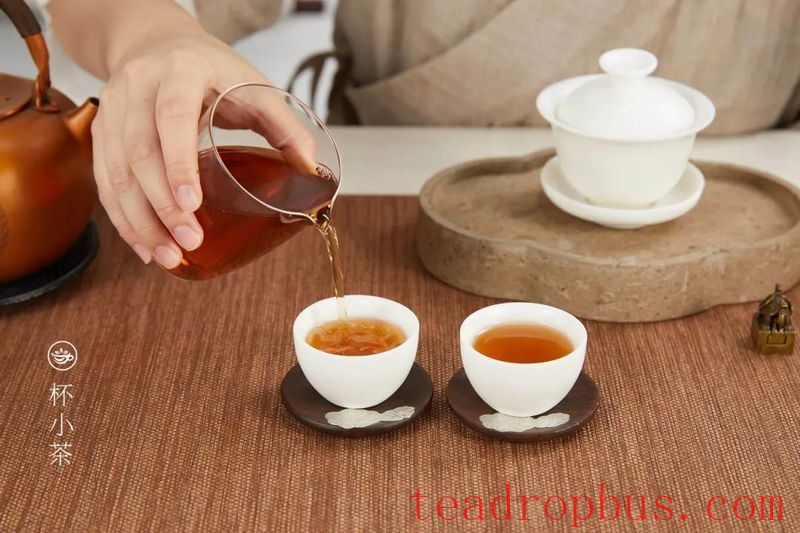
We drink tea for the substances contained within its leaves. Imagine a Cup filled with yogurt; each sip we take represents one infusion of tea. If the cup is full, it would take ten sips to finish it, and it would be very satisfying.
However, if there's only a little in the cup, we'd finish it in three sips. It wouldn't be very infusable and not as satisfying.
The principle behind a tea's infusability is the same: the more substances it contains, the more infusable it is.
It turns out these types of teas are more infusable:
1. High-altitude Teas
Tea produced in mountainous environments at higher elevations and often shrouded in mist tends to be of better quality, and one very important reason for this is the temperature difference.
Hami melons and grapes from Xinjiang are sweeter because of the significant temperature difference between day and night there, which is often described as “wearing cotton jackets in the morning and short sleeves in the afternoon.” The nutrients produced by photosynthesis during the day are preserved by the cool temperatures at night.
High-altitude tea leaves are the same; over time, they develop a richer taste and an aroma that lasts through multiple infusions, with layers of flavor.
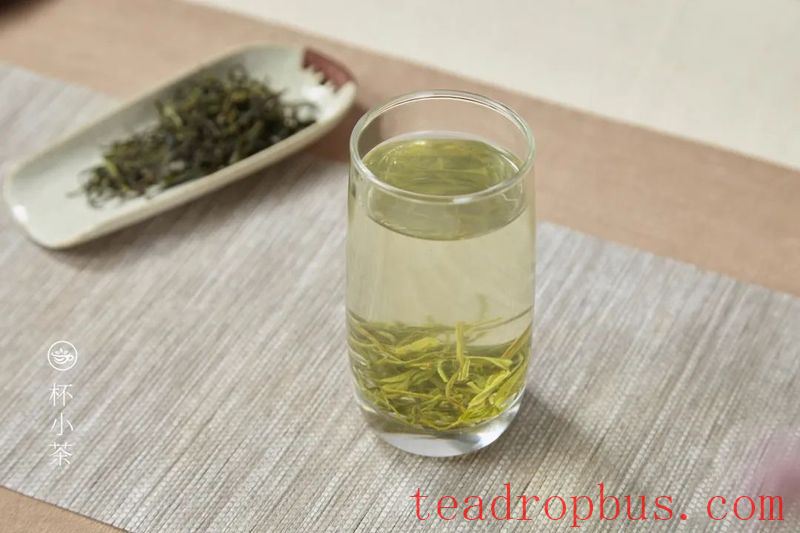
2. Teas from Rich Soil and Excellent Ecological Environments
Like all crops, tea depends on the nourishment provided by the soil. Rich soils with high organic content enable the formation of more substances within the tea leaves.
And in well-preserved ecological environments, the tea plants have leaves with high fiber content, making them stronger and more resilient.
In many famous tea-producing regions, you'll find that the tea leaves have good resilience when squeezed. When brewed, there won't be a sudden drop in flavor from being initially very strong. Instead, the flavor is evenly distributed throughout each infusion, allowing for numerous infusions.
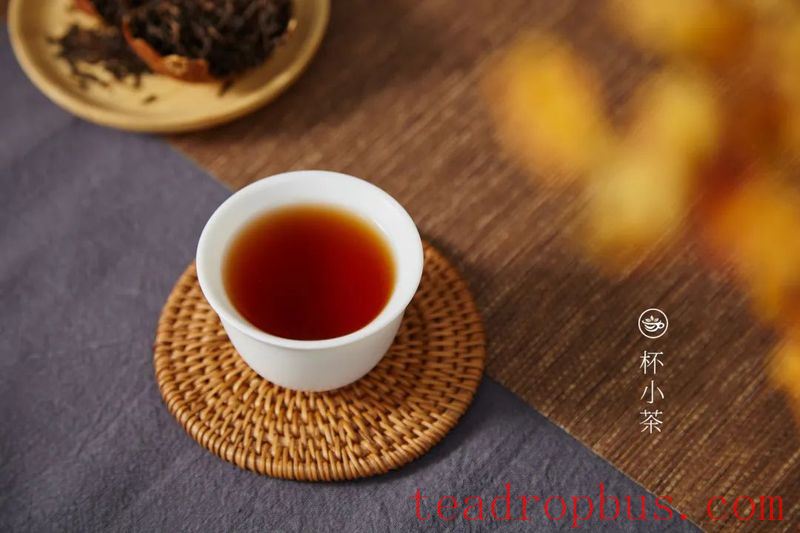
3. Teas Made from Older Leaves
Some teas that use tender leaves are enjoyed for their fresh, refreshing, and delicate Sweetness, but it's difficult to make them infusable. In terms of infusability, teas made from older, more mature leaves tend to be more infusable.
For example, Dahongpao, Tieguanyin, and Phoenix oolong teas require the picking of mature leaves, typically one Bud with three or four leaves. These can usually be infused seven to ten times.
Shoumei White Tea can be infused over ten times and then simmered for further drinking.
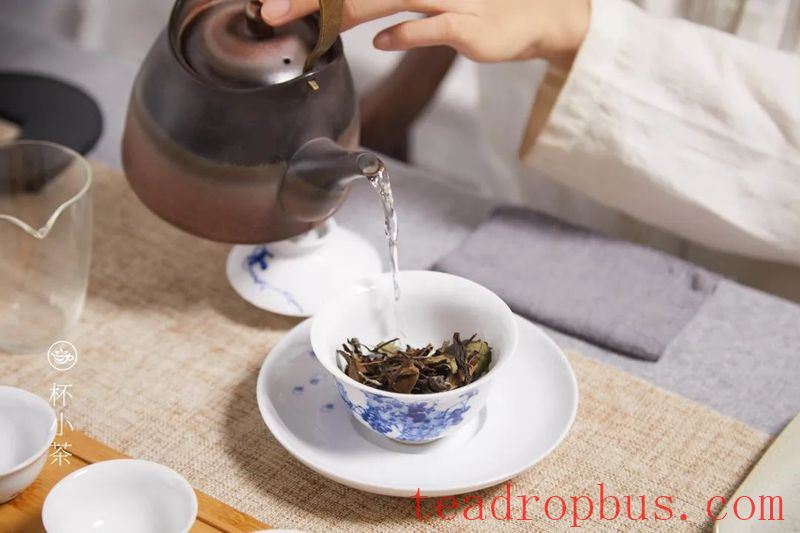
4
Ancient Tree Teas
This is primarily seen in Pu'er tea. Ancient tree teas, those over a hundred years old, have deep root systems and absorb more nutrients, resulting in thicker leaf quality.
Therefore, they contain more substances and are much richer compared to younger trees with thinner branches.
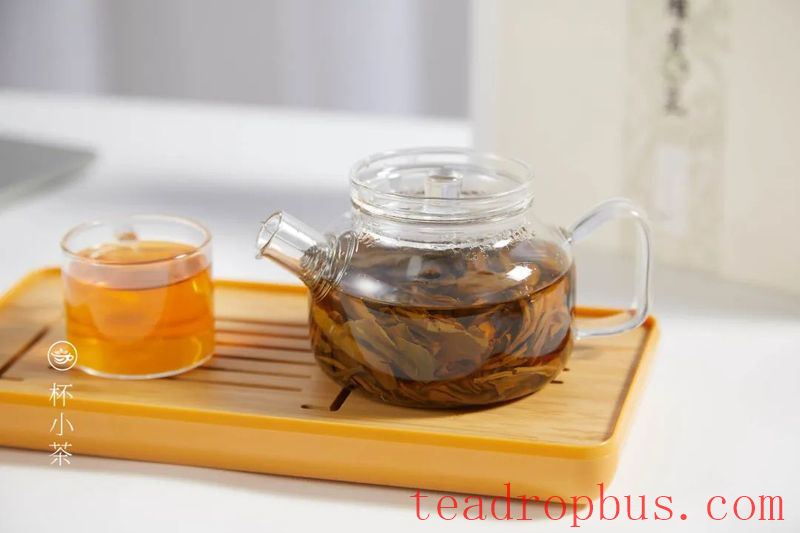
Infusability Also Depends on Brewing Technique
How many infusions count as infusable?
This depends on each person's brewing technique, such as the duration of each infusion. With the same tea, someone who prefers a lighter taste might get ten or more infusions, whereas someone who likes a stronger flavor might only get seven or eight infusions from the same tea.
So, it's quite difficult to answer this question definitively. However, generally, a tea that remains flavorful beyond seven infusions and doesn't experience a sudden drop in quality, instead showing a “W-shaped” curve of flavor changes, is considered infusable.
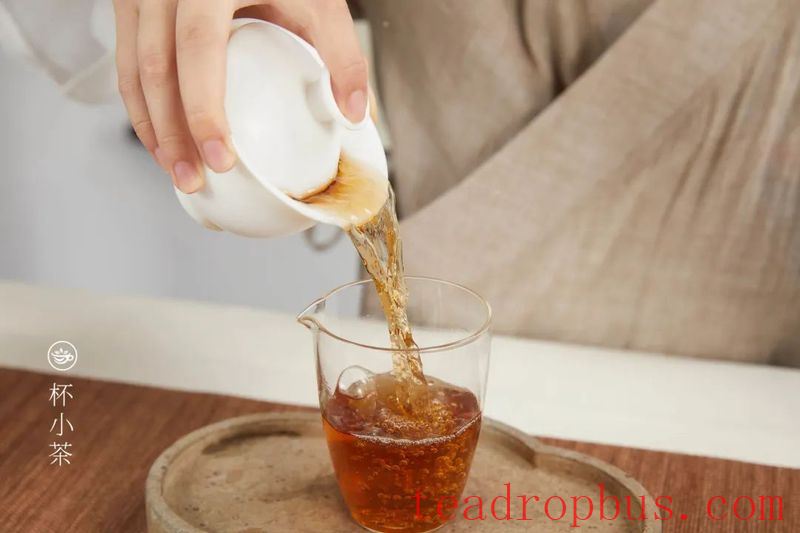
The concentration of the tea gradually increases over the first three infusions, then reaches its best flavor, before slowly declining, leaving a light yet sweet taste. The longer this curve persists, the more infusable the tea.
Of course, green teas are often brewed in large cups with a longer infusion time, and after two or three large cups, there isn't much flavor left.
There's a small trick to increase infusability: don't wait until the tea in the cup is completely finished before adding more water; leave a little bit as a “base,” so the next infusion isn't as weak.
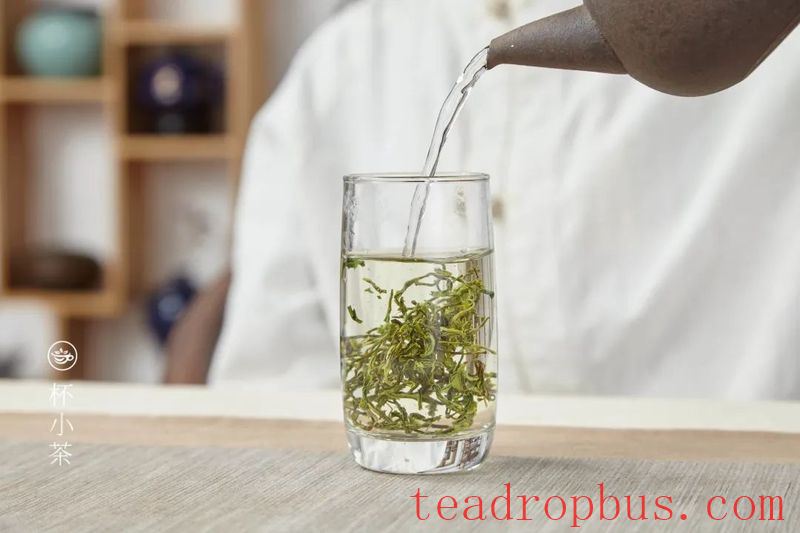
Infusability is a criterion for judging the quality of tea, reflecting the excellence of the variety and the quality of the growing environment. Try and see how many infusions your tea can withstand.